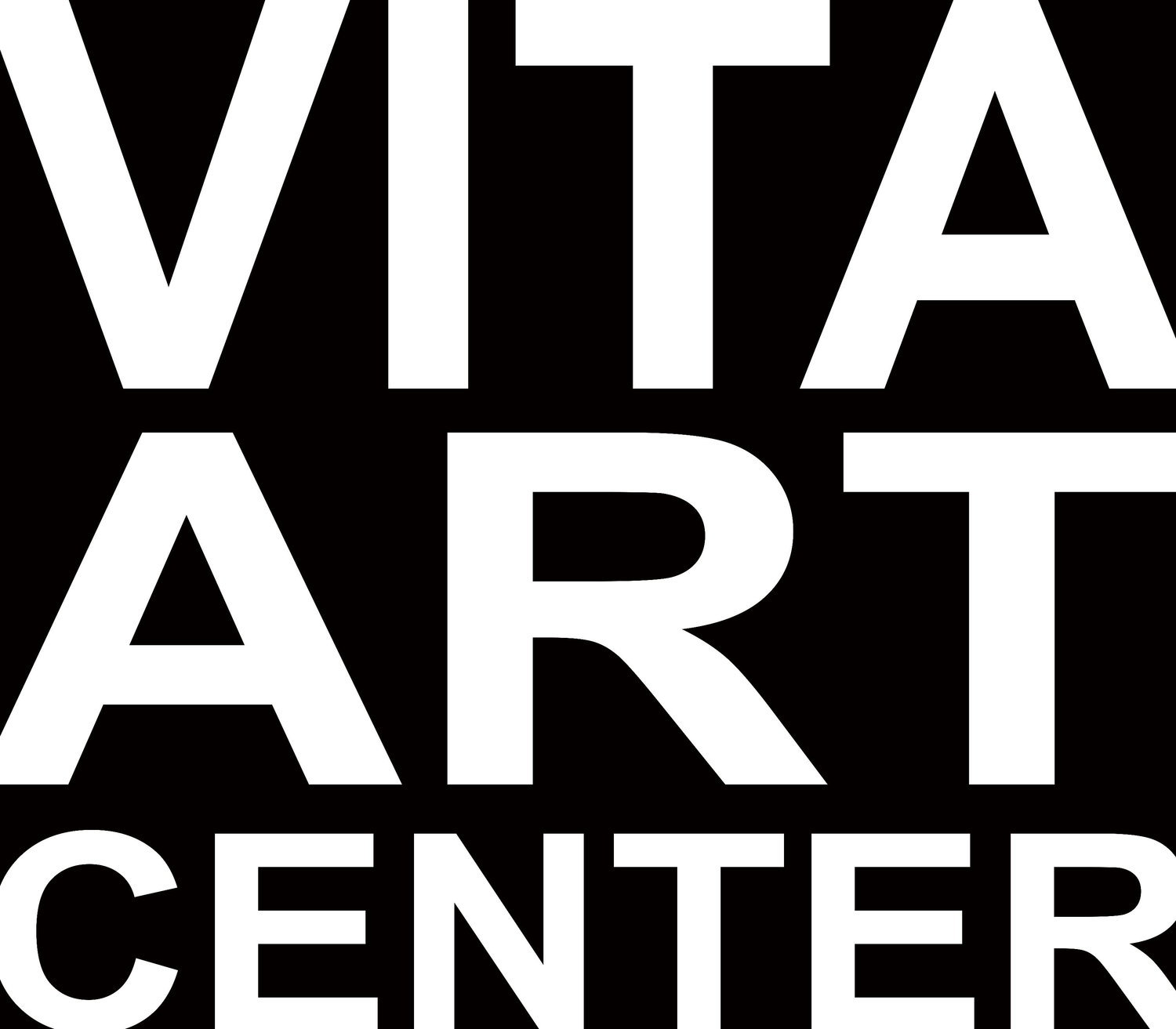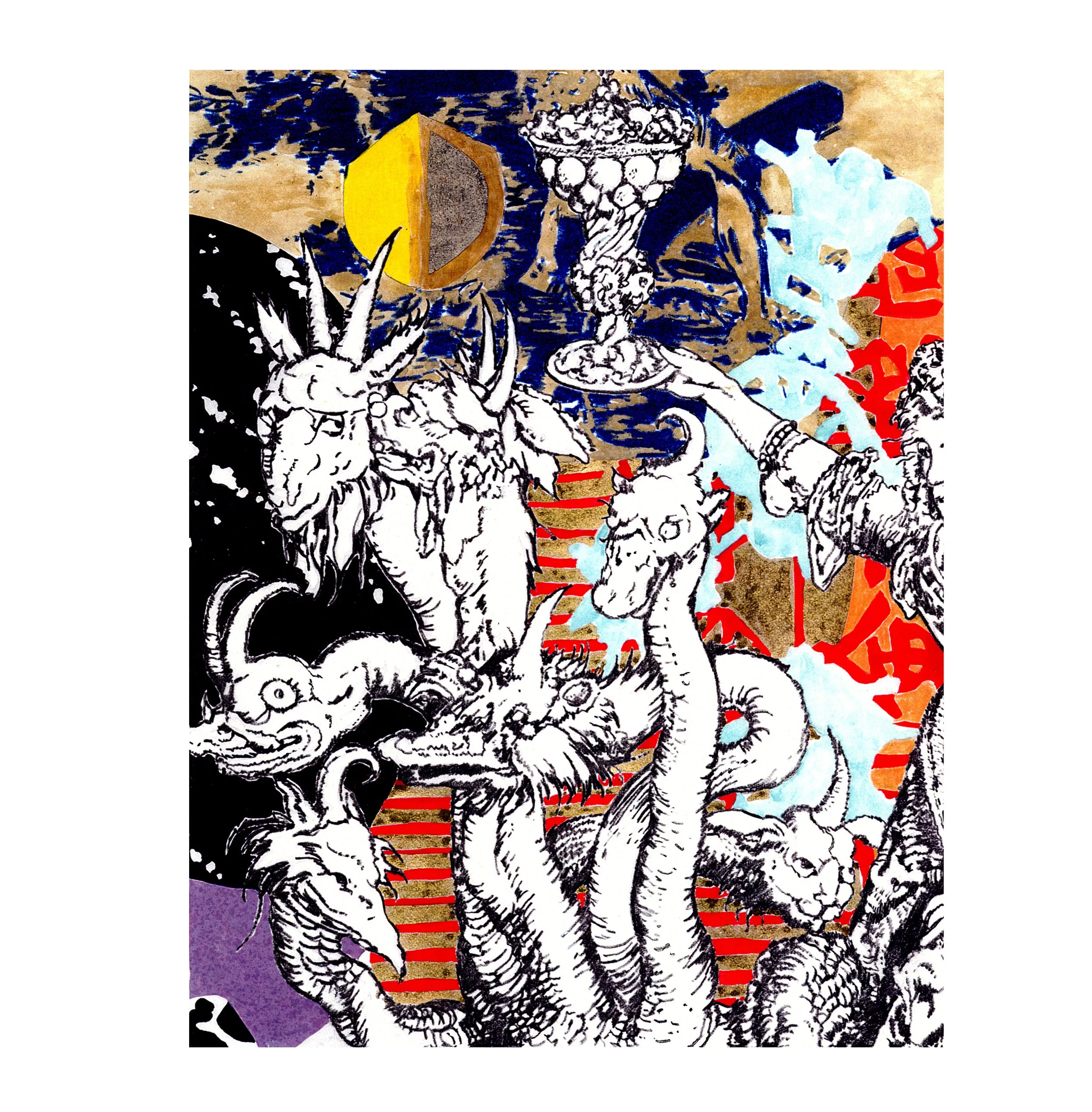Susan Stinsmuehlen-Amend, "Woman Feeds Her Monsters", 2024
Susan Stinsmuehlen-Amend, "Woman Feeds Her Monsters", 2024
Susan Stinsmuehlen-Amend
"Woman Feeds Her Monsters"
Limited edition of 5
image size 8” x 10”
Frame size": 13.5” x 15.5”
Each artwork comes matted and framed, with a certificate of authenticity.
Prints are created using archival pigment inks and printed on heavy weight Hahnemuhle etching paper.
$250. each
Call to schedule pick up from Vita Art Center or to arrange a shipment. Shipping fees will be charged separately.,
805-644-9214
All proceeds from the sale of Vita Art Editions support our youth art programs.
Stinsmuehlen-Amend concentrated initially on experimental pieces that defied idealized standards of beauty, taste, form and pattern. She turned to working in glass because she felt it was more "exciting" to work with.[4] She started creating her fragmented X series around 1978, in which she melded together a pastiche of colors and textures in a post-modern way. These pieces, fabricated with stained glass techniques, were meant to hang on walls, rather than as windows. As one of the few women working in studio glass at the time, her work also had feminist implications. The X was a symbol of how the artist wished to slash through the old, more staid ways of approaching glass.[5] She crossed between the various methods for manipulating glass and incorporated other media into her assemblage-like pieces, using scraps of everyday material to give them texture, depth, and meaning.[6] In the late 1990s, the structure of her work moved towards rectilinear, with diptychs and triptychs of contrasted figures and patterns. She broke her compositions down into split segments that were meant to be absorbed together despite being separated into individual panels. She integrated imagery and symbols to suggest narrative.[7] More recently, Stinsmuehlen-Amend sandwiches individual glass planes of images on top of one another, giving them multi-dimensionality. In these layered wall panels the viewer is meant to see into the depth of the piece but not through it, as would be the case if these panes were acting as traditional windows or screens.[8]



